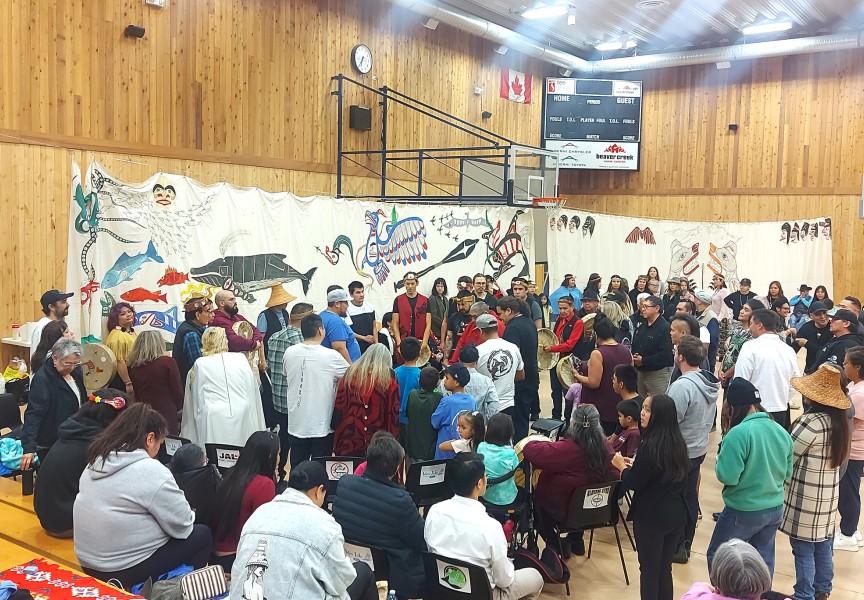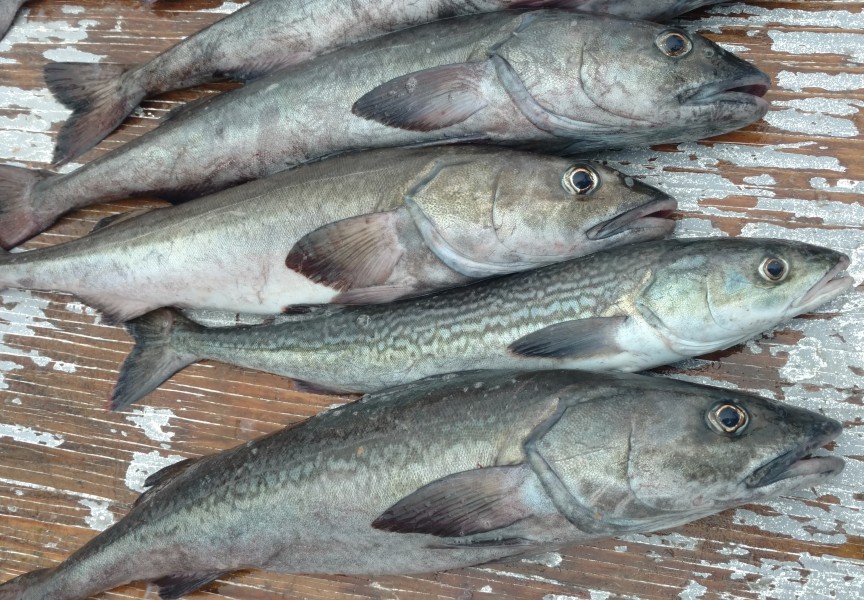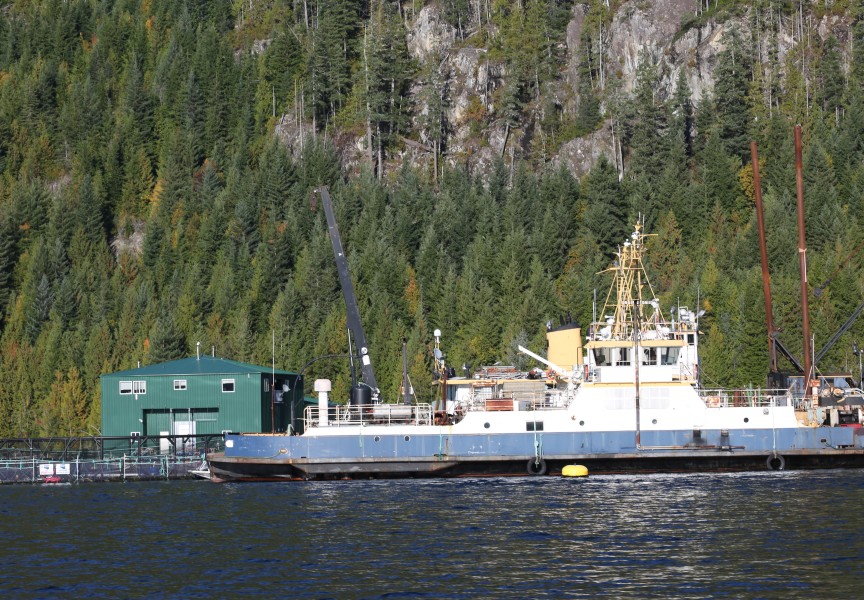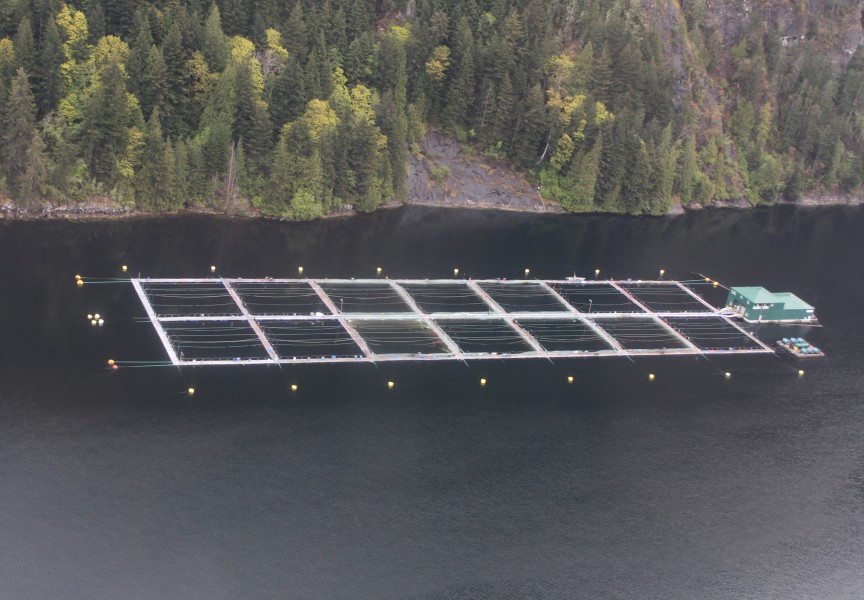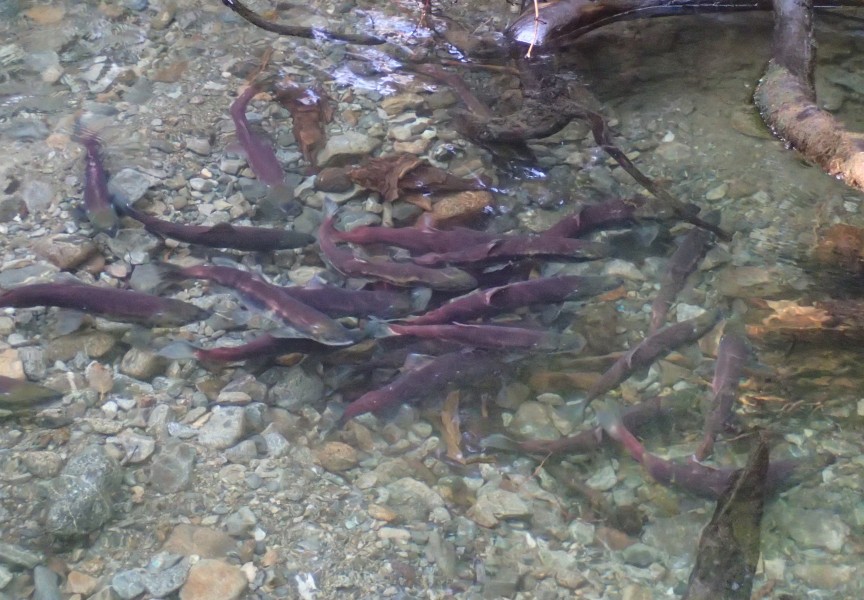Grieg Seafood BC Ltd. is introducing nine camera sensor units to its fish farm operations along the east and west coast of Vancouver Island.
Designed by OptoScale, a Norwegian technology company, the sensors and software enable real-time analysis of fish biomass and welfare.
Up until now, Grieg Seafood said the only way to acquire accurate data about farmed salmon populations’ growth and performance was through harvesting.
The cameras provide a new ability to measure the size of a fish with up to 98 per cent accuracy, enabling “better decision making by our farmers in regard to feeding, harvest schedules and biomass estimation,” said Grieg Seafood BC Managing Director Rocky Boschman.
“Overfeeding can have environmental impacts, but also affects our sustainability targets as the production of feed is one of the largest contributors to our overall carbon footprint,” he said. “By feeding more efficiently, we will help to reduce accidental overfeeding, lower our carbon footprint and help to support the growth and performance of our fish.”
Grieg Seafood BC is part of the Norwegian multinational Grieg Group and operates 22 fish farms within the province. Licensed to produce 23,400 tonnes of salmon annually to North American and Asian markets, Grieg has 49 employees working at their farms on the west coast of Vancouver Island. While six farms are located in Nootka Sound and four in Esperanza Inlet, only six are currently active.
The cameras have been shipped from Norway and will be installed as soon as they arrive in Canada, said Grieg Seafood BC Communications Director Amy Jonsson.
Out of the nine units, two of them will be geared towards assessing the condition of fish populations. These Welfare Modules will allow farmers to identify and monitor wounds, fish maturation, fin damage and scale-loss on individual fish within the farm systems. They will be used at the farms within the Nootka region on a trial basis as farmers get familiarized with the technology and real-time data analysis, said Jonsson.
The other seven cameras will help anticipate harvest schedules by allowing farmers to read fish biomass. Traveling together as one unit between all 22 farms, Jonsson said the cameras will determine the weight of the fish, while also providing farmers with a sense whether more or less feed is needed.
“We are constantly looking at ways we can improve our operations, reduce our impacts and support the overall health and performance of both wild and farmed populations,” said Boschman.
According to OptoScale, the global demand for fish is expected to nearly double by 2050, which will be met primarily through increased aquaculture.
“All industries have an environmental footprint, and the aquaculture industry could be in the driver’s seat of sustainable food production in the future,” a company spokesperson said.
Open-pen fish farms are criticized by some scientists who claim they transfer dangerous amounts of sea lice to wild populations, contributing to the collapse of B.C.’s wild stocks. As wild juvenile salmon migrate past fish farms, many fear they are especially vulnerable to the parasites that wreak havoc on their immune systems, increasing their risk of disease.
In 2020, the First Nations Leadership Council called for an end to all open-net pen salmon farming in the province.
“We have known for years that open-net pen salmon farming is one of the main contributors to the massive decline in wild salmon stocks in this province,” said British Columbia Assembly of First Nations Regional Chief Terry Teegee. “The federal and provincial governments have been taking a piecemeal approach to this problem, with long timeframes for transition to closed containment pens, and only in a few places. We need to end salmon farming in our open oceans now to protect both wild salmon and Indigenous ways of being from extinction.”
In late-December, Grieg announced an additional investment of $11-million per year to reduce sea lice counts at its farms around Vancouver Island and the Sunshine Coast.
The company entered into a three-year contract with Njord Marine Service Ltd. for the use of a 24-metre all-purpose vessel which has been outfitted with a mechanical delousing system.
“Sea lice remains one of the biggest issues, and the new vessel and SkaMik 1.5 system are a welcome addition to our toolbox,” said Boschman. “Not only does the system remove over 97 per cent of sea lice in all lifecycle stages, it uses no medication or chemicals. It captures the removed lice for disposal on land – reducing the overall lice population in the region.”
In a recent mandate letter, Prime Minister Justin Trudeau called for new Fisheries Minister Joyce Murray to continue to work with B.C. and Indigenous communities on a plan to transition from open net-pen salmon farming by 2025.
While Boschman said Grieg does not have any immediate plans to transition to land-based fish farming in B.C., operational shifts towards working with improved innovation and technologies will “minimize, mitigate and address possible impacts” to both farmed and wild populations.
“BC’s wild salmon are facing many challenges, as we see ocean ecosystems continue to change due to the impacts of climate change, rising ocean temperatures, urbanization, old logging practices, micro-plastics and ocean-based industry,” said Boschman. “There are also concerns with a growing global demand for seafood, and the ability of wild stocks to be able to meet this increase as many commercial fisheries, like salmon, are at or over sustainable limits.”
To address these challenges and support the return of wild salmon populations, Boschman said “we will all need to work together.”
“It will take everyone working together, sharing knowledge and pushing for improvements in order for us to see the change required,” he added.
Salmon farming is still a young industry, said Boschman.
"We are continuing to learn, adapt and improve as we go,” he said. “The farms of tomorrow will continue to innovate and make what is currently unfeasible or impossible, very possible.”


